Can you tell the difference between Shimano XT and XTR? Do you know the details and specification of Deore gears compared to SLX? Here is everything you need to know about the various mountain drivetrains from Shimano. There is information on the hierarchy, the prices and some weights too. We’ll start cheap and work our way up to the brand new XTR 12 speed groupset.
- Shimano brings 12-spd to Deore level - details here
- Shimano's electric GRX Di2 RX800 11-speed gravel groupset: weights, price and specs
- Shimano GRX RX600 1x 11speed gravel groupset: prices, weights and specs
First of all, what is a groupset? It is a collection of bike components designed to work together including shifters, cassette, chain, cranks and brakes you can buy this as a set of components together. The drivetrain is the group of parts comprising of the cassette, mech(s), cranks, chainring, chain and shifter(s), these are the parts we will be looking at here, then we will deal with the brakes in a separate article.
If you’re a dyed in the wool mountain biker, you’d be forgiven for thinking the Shimano drivetrain range consist of Deore, SLX, XT and XTR. But if you’ve spent any time riding much cheaper mountain bikes, gravel bikes or commuters you’ll know the range starts with the Tourney gear and works its way up to the flagship XTR drivetrain, with the gravity orientated Zee and Saint tagged on the end too. Here’s how the hierarchy looks, hit the name of each to jump straight to that section:
Tourney, Tourney TZ and TX
Tourney is a bottom of the range drivetrain model that you will most likely see on budget bikes. There are four different models starting with Tourney TZ, Tourney and Tourney TX. We’d say they are all pretty much geared towards commuter or touring bikes with 6-8 speed cassettes and all usually used with a Tourney TY MTB 3x crankset. This is the place you’ll also find grip shifters lurking plus other types of thumb shifters you might have thought were consigned to history. There are choices to be made here too between a freewheel and sprocket which is threaded on to the hub or standard cassettes that are mounted to a freehub as on any new and contemporary mountain bike.
Altus
Shimano Altus M2000 series is just above Tourney in the hierarchy chart and again will be found on entry level mountain and some gravel bikes too. The cassette and rear derailleurs come in a 9 speed combinations with a 3x or 2x crankset at the front. The rear mech is a Shimano Shadow RD, a design using trickle down tech which makes it look similar to more expensive mechs in as such it has a low profile design helping protect the mech and keep it out of harms way. It doesn’t get a clutch though, it’s mostly made of steel, and it’ll only work with a cassette with a maximum of 45t. The front mech is a side swing mech giving better cable routing and increase clearance for larger wheels and shorter chainstays in comparison to the Tourney TX Top Swing derailleur.
The shifters are what Shimano calls ‘Rapidfire Plus’ which means that you can shift three gears in one go and you get the same tech where you can release shifts by a pull of the index finger or by pushing with the thumb as you can on more expensive gear. With Altus, you’ll get gear indicators but there there is no compatibility to combine them with the brake levers as there is higher up the model hierarchy, that compatibility is known as i-Spec A, B, II or now I-SPEC EV on the new 12 speed gear.
Bottom brackets are cartridge square tapered BB’s which are heavier, made of steel and resin these are the cheapest bottom brackets you can buy from Shimano.
Last years M370 Altus groupset would have set you back about £90, we suspect that the 2019 M2000 version will cost similar.
Acera
Shimano dubs this drivetrain as 'part of a dedicated mountain bike groupset', in fact their website says it will handle the “rigors of teenage trail riding and continue to perform with minimal maintenance”, we’re a little confused by the teenage reference but it’s clear this is a groupset designed to take some hard labour and still work in tough conditions and not cost the earth.
Like the Altus gear, Acera comes in either 2x or 3x9 set ups with some much more modern looking cranksets available. These have alloy crank arms and steel chainrings. Again, the front mech is a side swing mech giving better cable routing and increase clearance for larger wheels and shorter chainstays in comparison to the Tourney TX Top Swing derailleur.
The rear mech is pretty similar to the Altus one too, with the same Shadow RD spring, it’ll cover the same gear range too. The Acera mech gets a hollow axel though, making it lighter. As per Altus gear the shifters (front and rear) benefit from Rapidfire Plus shifting and are near identical to the Altus spec shifter. There is still no I-Spec B or II compatibility, for that you have to wait until you are higher up the model list.
Find a bike kitted out with Acera gear and it will probably still have an Altus 9 speed cassette fitted, these are available in 11-32, 11-34 and 11-36T gear specifications.
An Acera M3000 groupset retails at about £120.
Alivio
Alivio is another small step up in gear hierarchy, it's still a 9 speed drivetrain this one offers lighter components and reportedly better shifting than Acera and Altus. Shimano reckons this little lot is for good quality recreational mountain bikes, we saw it specced recently on a new 2020 Trek Calibre costing £750.
Once again there are 2x and 3x crankset to choose from which still have steel chainrings and alloy crankarms. Once again, the front mech is a side swing mech giving better cable routing and increase clearance for larger wheels and shorter chainstays in comparison to the Tourney TX Top Swing derailleur. You can also buy top swing and down swing derailleurs too for this groupset.
The rear mech gets the Shadow RD tech and is direct mount compatible for use with through-axle dropouts. Alivio uses Shimano HG400 9 speed steel cassettes which come in ranges from 11-28T up to 11-36T. The cassettes get ‘Hyperglide” tech which is the specifically positioned ramps and tooth profiles designed to improve chain control during shifting, it’s aim is to make shifting smoother and more efficient guiding the chain quickly up or down the block to the next sprocket in a shorter amount of time.
There are all kinds of bottoms brackets available to be used with this range, from cartridge to Shimano Octalink to press-fit ones.
An Alivio groupset will probably retail in the region of £130 for a 3x drivetrain with a bottom bracket but no brakes.
Deore M6000
Deore M6000 is where the Shimano drivetrains start to get serious in mountain biking and trail bike terms, here it is on the Calibre Bossnut V2 from 2018. There are still just 2x and 3x options but this time the cranksets get Shimano's Hollowtech II tech providing a lighter component compared to the Alivio kit. Hollowtech II integrates the bottom bracket axle with the right crank arm for more stiffness and weight saving, better weight distribution, pedalling stability and more efficient power transfer.
Deore uses all steel 10 speed cassettes, either 1-36T or 11-42T using medium or long cage mechs with ShadowRD + tech. The rear mechs are a mix of alloy and steel and the inclusion of Shadow RD+ means it gets a clutch (chain stabiliser) with a switch to switch it on and off.
A 2x10 speed drivetrain might cost you somewhere in the region of £304.
Deore M6100
Shimano brings 12-speed shifting to the Deore range with the M6100 series, making big range gear ratios available at a lower price point. Deore 12 spd is a 1x only groupset but you can also get new the new revision in 2x11 and 2x10spd, they are named Deore 11spd and Deore 10spd respectively. The new Deore 12spd gets the direct-mount chainring with cranks (not Hollowtech) available in 170mm and 175mm lengths with 30 or 32T chainrings.
The cassette features the same range as the pricier SLX model with its 10-51t cogs, the difference here is that the construction is entirely of steel rather than an alloy spider and largest sprocket as on the SLX drivetrain. The cassette does get theHyperglide+ tech for super smooth shifting seen on the other Shimano 12spd options.
Shifting the gears is the M6100 mech. It uses Shadow RD+ tech which reduces chain slap and aids chain retention. The new shifter also benefits from many of the features found on the brand's pricer kit. The shifter comes kitted with Rapidfire Plus and 2-way release. It also comes available with I-SPEC EV which offers a wider range of adjustments to suit its position in relation to other components to the riders liking.
The last thing to note is that the drivetrain uses the new Microspline freehub body, you can check out compatible hubs here - Who makes Micro Spline wheelsets and hubs for Shimano 12-speed groupsets?
SLX M7100
SLX M7100 is commonly found on reasonably priced mountain bikes at the lower end of the range. It has now been released as a 12 speed drivetrain, bringing a wide range cassette and drivetrain to the masses. We have an in depth look at the SLX groupset here, it contains, weights prices and details of all the different parts from the cassette to the brakes.
In short, SLX can be bought as a 2x12 or a 1x12 drivetrain. The 2x 12 options comprise of a 36-26T chainring and a 12 speed 10-45t cassette or the 12 spd 10-51T. The 1x drivetrain uses that 10-51T cassette and then a chainring size of your choice ranging from 28T-34T.
The cranks are again, hollow forged Hollowtech II and this time come in a variety of lengths from 165mm to 175mm at 5mm increments. The crankset is direct mount this year, it looks like it is pinned in four places with a spider set up as it was last year but it is in fact direct mount, saving weight. The teeth of the chainring uses Shimano’s version of a retention system called Dynamic Chain Engagement. This is a special tooth profile to help retain the chain and give smoother pedalling feel over bumpy terrain.
There is a 1x or a 2x mech, both with a clutch to reduce chain slap over rough ground. They both have a large 13t pulley to increase efficiency and help chain management. XT and the SLX models do differ slightly, they look visually different and the pulleys of the XT derailleur come with ball-bearings rather than bushes as for the SLX.
Cassettes use Shimano's Hyperglide+, which consists of finely detailed ramps on the sprockets to aid smooth shifting and overall quietness and refinement. The science here is that the Hyperglide+ ramps ‘hold’ the chain in place before it engages with the smaller cog, giving a smoother transition down between gears. Cassette gear steps are as follows 10-12-14-16-18-21-24-28-33-39-45-51T and 10-12-14-16-18-21-24-28-32-36-40-45T.
The other thing to mention here is the use of a new freehub – Microspline. All cassettes require the specific Micro Spline freehub interface that Shimano licenses out to specific manufacturers, as well as offering their own hubs. You can check out what hubs are compatible here.
SLX also bring a new i-Spec standard called I-SPEC EV. This offers a wider range of adjustments included in the realms of joining the shifters and brakes on one clamp. These include increased lever slide range, 20 degrees of rotational adjustment and 14mm of lateral adjustment, there’s more scope here to position these items and get you cockpit set up perfectly.
According to our rudimentary maths skills (rounded up to the nearest pound) we come to the sum of £368.
- More details - First Look: New Shimano M7100 12 speed SLX groupset, everything you need to know plus weights
Deore XT M8100
Deore XT is also now a 12 speed drivetrain. As for SLX it comes in either 2x12 or 1x12 guises and as you might expect for a more expensive drivetrain, parts are generally lighter than SLX. For example, the XT crankset with a 32T chainring weighs a claimed 620g whilst the SLX one weighs 638g.
The XT rear mechs get pulley bearings rather than bushes and the same 13t pulley, buy the XT mechs are all alloy rather than using heavier steel parts.
With regards to the cassettes, the XT version comes in either 12spd 10-45t or 10-51t and is made of alloy and gets the same Hyperglide tech as SLX. For examples sake, the XT 10-51t cassette is 64g lighter.
Deore XT is also produced as a Di2 or electronic groupset but this is all still 11 speed gear. It uses other XT 11spd parts alongside specific shifters ad mechs, plus the handlebar-mounted information display.
We've seen a 1x set up of Deore XT on sale for £1,120 but that did include brakes, without brakes and discs, it'll be about £530.
XTR M9100
The XTR M9100 drivetrain is the range topping gear, and gear that we have actually ridden. There is a first ride and lots more information here.
XTR is built for racers, hence the 'R' on the end of the 'XT'. Again, you can buy 1x or 2x version of XTR The new XTR crank uses a hollow 24mm chromoly steel spindle as per normal but Shimano has changed to a direct mount system for the chainring which is available in sizes 30 to 38t for the single ring set ups and in a 28/38t for the double. The double crankset uses the M9120 crankset and mounts to the crank arm in the same way as the single ring set up so if later in life you want to change for a 1x drivetrain you can without having to splash out on new cranks.
The cranks themselves are a two piece alloy construction that is bonded together, Shimano says this allows them to use less material and therefore make the cranks lighter. The chain rings get the Dynamic Shape Engagement Plus tech we spoke about above, which Shimano say produces better engagement of the chain and helps to stop the chain dropping. The tooth profile has change mean that the SLX/XT?XTR chain rings will now work only with the 12 speed chain for this drivetrain. The chain is directional and is lightly curved following the profile of the teeth. Shimano now also offer a single use quick link to join the chain in the same curved profile.
The 1x and 2 rear mechs get the same 13t jockey wheel’s and use the Shimano’s Shadow Plus one-way friction clutch with adjustable tension levels as the SLX and XT gear, due to different slant angles, you can’t mix and match the 2x rear mech with the 1x examples.
The new shifter levers offer a non slip rubber face and Shimano say, 20% quicker engagement with less force needed to get the lever moving. You can still double up-shift and the two way release shifting is still present if you like to shift up with fore finger rather than a thumb.
The front mech lever is new, using one paddle for both up and down, you can push or pull the paddle too with its two-way release. You can also adjust the lever into one of three positions to give a preferred starting point for the lever throw, depending on personal preferences.
The cassette gets the same range as the SLX and XT gear but uses an alloy ‘beam spider’ to carry 3 alloy, 5 titanium and 4 chromoly sprockets. It’s all Microspline too here meaning you’ll need a MS compatible free hub – find out who produces them here.
A per Deore XT, XTR is also produced as a Di2 or electronic groupset but this is all still 11 speed gear. It uses other XT 11spd parts alongside specific shifters ad mechs, plus the handlebar-mounted information display.
You'll spend in the region of £1,035 at full retail for an XTR drivetrain.












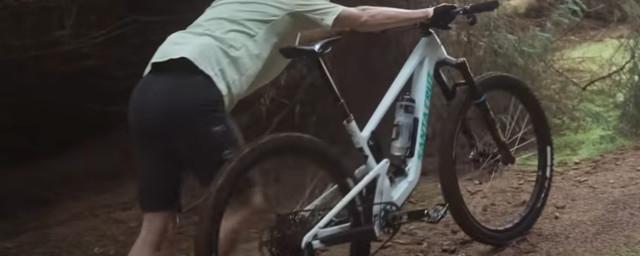
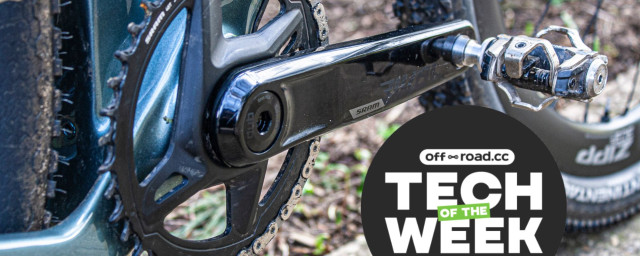
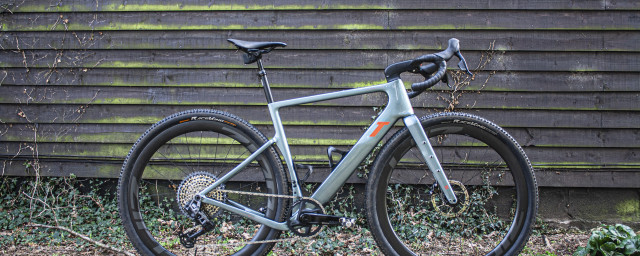
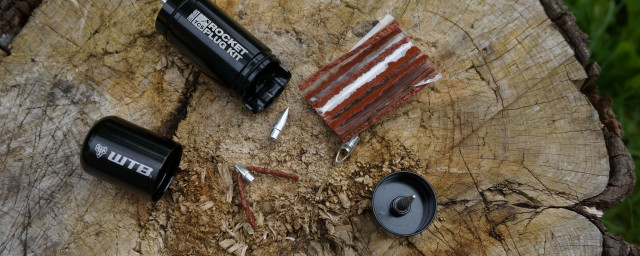
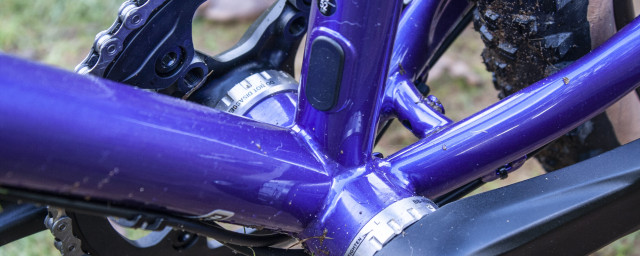
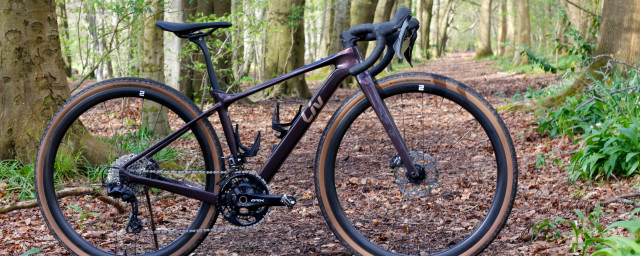
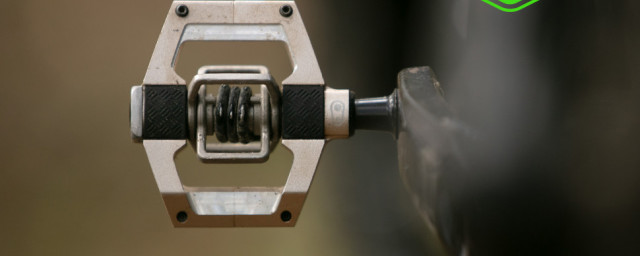

Comments
Also worth mentioning Deore
Also worth mentioning Deore 5100 here.
11sp 1x or 2x
Hollowtech cranks, 96mm BCD, Boost and non-boost options.
30/32/34T chainring options for 1x
36/26T double
11-51T option for 1x drivetrains, 11-46T maximum for 2x
Clutched rear mech
Total cost for 1x with 11-51T around £200 including BB
Reckon that we'll see a ton of entry level bikes running this in 2021, and if not it's a quick upgrade to modernise an Altus/Tourney bike.